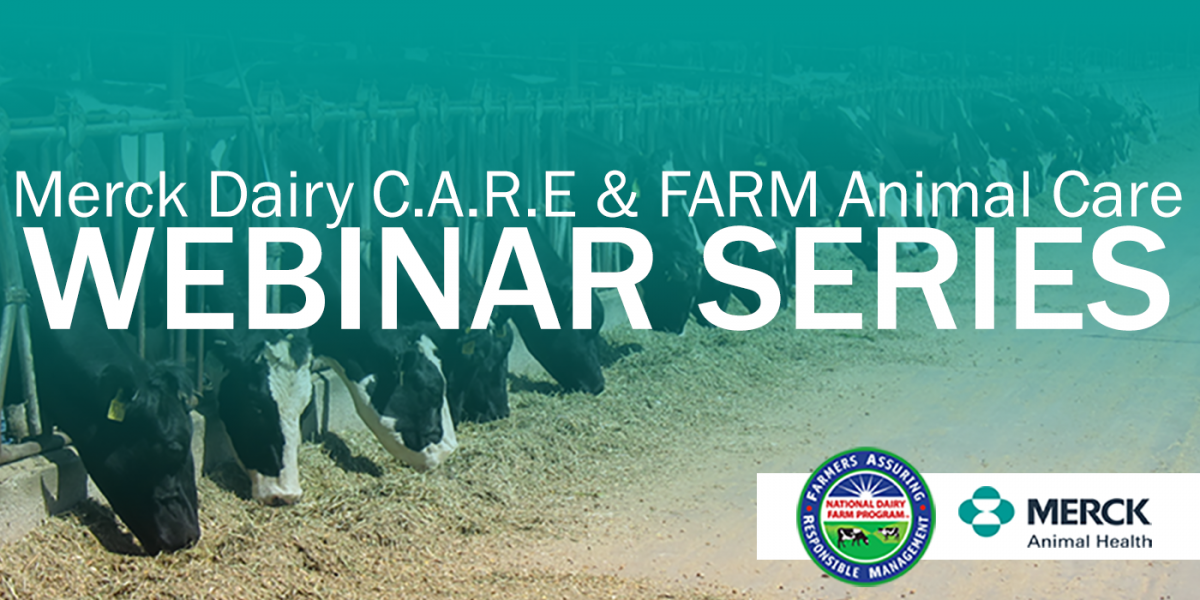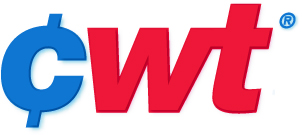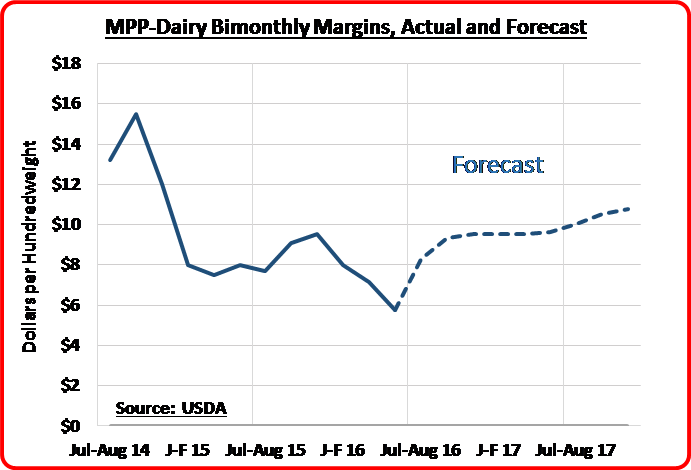Any trip to a supermarket or restaurant these days would suggest that many safe, effective, science-based and common practices in agriculture are on a collective collision course with expectations down the food chain about how food “ought” to be produced. That clash is what led to the new federal law on the disclosure of GMOs in food products. The same pressures are being felt when it comes to how livestock are handled and housed, as companies move to source cage-free eggs and stall-free pigs.
If that weren’t enough, we also are facing another clash between how farmers strive to maintain healthy herds and flocks, and some consumers’ demands that no antibiotics be used – ever – in raising animals. We in the dairy industry need to be proactive and vigilant about this issue, because despite our long and proud history of judicious antibiotic use in dairy, both regulatory pressures and marketplace demands threaten to restrict the tools available on the farm.
The spread of bacteria resistant to one or more antibiotics is clearly a public health concern. According to the Centers for Disease Control and Prevention (CDC), in the United States alone, at least 2 million people become infected annually with bacteria that are resistant to at least one antibiotic. An estimated 23,000 people die each year as a result. Health officials are concerned that new antibiotics are not being introduced as quickly as antibiotic-resistant germs are spreading – which represents another type of collision.
Just last month, the United Nations held a high-level summit to find new ways to battle the rise of antibiotic-resistant bacteria. Even though the science is at best unclear about the contribution played by farm antibiotic use, there was a clear international consensus at the New York meeting that reducing the use of antimicrobial drugs in agriculture should be a major public health goal to slow the spread of antibiotic-resistant germs.
That sentiment, which has been growing for some time, has already prompted changes in U.S. drug regulation. Starting three months from now, farmers will have to comply with new limits on how they feed antibiotics to their cattle, pigs and poultry. The use of medicated feed will need to be supervised by a veterinarian, who must write a prescription for a farmer to follow. And the use of any shared-class drugs (meaning antibiotics used in human as well as animal medicine) for growth promotion is no longer permitted.
For dairy farmers, the advent of this new Veterinary Feed Directive will not have a major impact because of the way we use antimicrobials. Most of the current uses of antibiotics in dairy farming are therapeutic, meaning they treat or prevent a specific disease. They are not used to make animals grow faster or larger. The biggest impact will be felt by poultry producers, who are already scrambling to eschew any use of antibiotics because major foodservice brands are wanting to use the “no antibiotics ever” pledge for their offerings.
Such an expectation on the cattle side, however, would create a serious collision between what farmers know is best for the health of their animals, and what food marketers want to promote as an absence claim. While chickens live relatively short lives before they are harvested, the life cycle for a dairy cow is much longer — measured in years, not weeks. At some point in their lives, many dairy animals – just like humans – will need antibiotic therapy to treat an infectious disease. Withholding that treatment could shorten the life of the animal, prolong its suffering, and possibly spread the disease further in the herd. The judicious use of antibiotics is always about weighing treatment options. But treatment is not optional if saving the life of a cow is the goal.
The dairy sector has an exemplary track record on the proper stewardship of antibiotics. Routine testing of every tanker load of milk, supported and enforced by the industry, state and federal authorities, helps eliminate the possibility of any antibiotic residues in retail dairy products. In the past five years, the FDA has sampled more than 200,000 retail dairy products, and not one has tested positive for antibiotics.
To build on that record, NMPF’s National Dairy FARM program places a specific emphasis on ensuring that farmers have a relationship with a veterinarian, so that proper antibiotic use is supervised. NMPF recently cosponsored a day-long education session at a national veterinarian’s meeting to deepen the relationship between dairy farmers and their veterinary providers. And the FARM program offers a manual on how producers can avoid drug residues when they do use antibiotics.
Woven throughout all of NMPF and the dairy community’s efforts on this front is the notion that we must communicate with both customers and consumers all that’s being done. There is a real and understandable concern about the danger of antibiotic resistance. But that cannot, from an animal welfare perspective, mean that we eliminate the use of antibiotics to prevent and control disease. Rather, we must continue to communicate, collaborate, and explore new technologies that advance animal health and reduce the need for antibiotics.

 In less than four weeks, hundreds of dairy industry stakeholders will descend upon Nashville, Tenn., from October 31-November 2, for NMPF’s Joint Annual Meeting. National Milk joins the National Dairy Board and United Dairy Industry Association in sharing the dairy sector’s accomplishments and challenges. Register here to attend the meeting.
In less than four weeks, hundreds of dairy industry stakeholders will descend upon Nashville, Tenn., from October 31-November 2, for NMPF’s Joint Annual Meeting. National Milk joins the National Dairy Board and United Dairy Industry Association in sharing the dairy sector’s accomplishments and challenges. Register here to attend the meeting.
 The FARM Program hosted its first joint animal care webinar with Merck Dairy C.A.R.E 365 on Sept. 29, on the topic of dairy stockmanship. FARM is partnering with Merck Animal Health to offer a series of informational webinars for dairy farmers and FARM evaluators as part of preparations for the FARM Version 3.0 rollout in 2017.
The FARM Program hosted its first joint animal care webinar with Merck Dairy C.A.R.E 365 on Sept. 29, on the topic of dairy stockmanship. FARM is partnering with Merck Animal Health to offer a series of informational webinars for dairy farmers and FARM evaluators as part of preparations for the FARM Version 3.0 rollout in 2017. Thanks to the assistance provided by Cooperatives Working Together, member cooperatives captured 42 contracts to sell more than 7.6 million pounds of American-type cheese in September. The products will go to customers in Asia, Central America, the Middle East, North Africa and Oceania. The product will be shipped from September through December 2016.
Thanks to the assistance provided by Cooperatives Working Together, member cooperatives captured 42 contracts to sell more than 7.6 million pounds of American-type cheese in September. The products will go to customers in Asia, Central America, the Middle East, North Africa and Oceania. The product will be shipped from September through December 2016.
 The economic challenges facing America’s dairy farmers – and what more can be done to help farmers in the future – were among the main topics of discussion last month at a Senate Agriculture Committee hearing on the state of the farm economy.
The economic challenges facing America’s dairy farmers – and what more can be done to help farmers in the future – were among the main topics of discussion last month at a Senate Agriculture Committee hearing on the state of the farm economy.
 ARLINGTON, VA – The Farmers Assuring Responsible Management (FARM) Program announced today it is teaming up with Merck Animal Health to offer a series of informational webinars as part of the FARM Version 3.0 rollout. This webinar series will further build upon the strong partnership between the Merck Dairy Care365® Program and the FARM Program that was established last year.
ARLINGTON, VA – The Farmers Assuring Responsible Management (FARM) Program announced today it is teaming up with Merck Animal Health to offer a series of informational webinars as part of the FARM Version 3.0 rollout. This webinar series will further build upon the strong partnership between the Merck Dairy Care365® Program and the FARM Program that was established last year.



